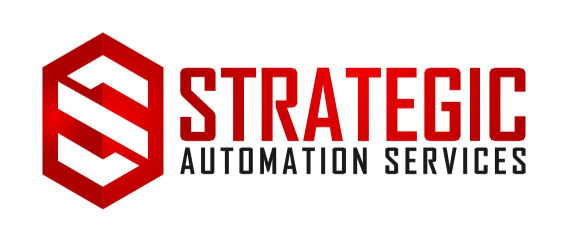It is no secret that the fractured global supply chain has greatly affected our means to purchase goods. Everything from vehicles to face masks are in short supply, mostly due to our reliance on offshoring for raw materials and finished products alike. China, the world’s leader in manufacturing output, imposes some of the strictest Covid protocols in the world, leading to logjams and delayed shipments in their biggest export hubs.
Shanghai’s air freight warehouses out of Shanghi Pudong Airport, and the city’s port, Shanghai-Ningbo, are riddled with testing protocols and shipping delays. Shenzen, a major manufacturing hub, is dealing with a massive shortage of truck drivers, which in turn has pumped up trucking costs 300%. There’s no way around it, major shipping hubs around the world are bleeding, and it looks like it will only get worse in the foreseeable future. Russia’s invasion of Ukraine has only compounded these logistical nightmares, putting major delays and price increases on exports like fertilizer, wheat, nickel, and aluminum. Richard Wilding, a professor of supply chain strategy at Cranfield University, stated that the supply chain used to consist of 80% predictability and 20% dealing with surprises. That ratio has now flipped.
Although there are many companies budding around the tracking, security and analytics of logistical issues, the problem still remains: when will we get our product? After years of offshore production, much of our supply chain is engrained in these outsourced alternatives. To just get up and leave is almost impossible.
For a long time, the cost to manufacture domestically has been too high, but the fragility of our global supply chain has started to reverse our current train of thought. 746 manufacturing companies were surveyed in June 2020, and 69% of those are actively looking to bring production back to North America. 38% of these companies are actively hiring, and more than half of them stated that they are looking to invest in automation, specifically for production, process control and product testing. This presents an interesting opportunity here in the U.S., one that was thought to be largely an afterthought as the world got smaller.
According to Thomas Reports, manufacturers are looking to source metals, machining tools and parts, fabricated metals, and personal protective equipment domestically. The pandemic has sparked interest in “reshoring”, at the very least to diversify the supply chain. In an article on AutomationWorld.com, Harry Moser, the founder and president of the Reshoring Initiative, stated the following, “If we don’t invest in automation, we don’t increase out competitiveness. Some people are afraid of automation because they’ll lose their jobs. But, throw away that statement, because the U.S. will lose more jobs to Chinese automation if we don’t automate than we will lose to U.S. automation if we do.” This sentiment is highlighted by the fact that U.S. manufacturing has had a growth rate of 0.4% over the past 10 years, compared to China’s 6%.
Although the future of increased American onshore production is looking likely, that does not mean these companies plan to abandon their current practices. By diversifying their supply chains, each global event will impact their production, inventory, and bottom line, just a bit less.
Sources:
Knight, Will. “The Supply Chain Crisis Is about to Get a Lot Worse.” Wired, Conde Nast, 28 Mar. 2022, https://www.wired.com/story/supply-chain-crisis-data/.
Neil, Stephanie. “How Automation Enables Viable Reshoring.” Automation World, 2 Mar. 2021, https://www.automationworld.com/factory/workforce/article/21307149/how-automation-enables-viable-reshoring.
Written by Felix Richter, Data Journalist. “These Are the Top 10 Manufacturing Countries in the World.” World Economic Forum, 25 Feb. 2020, https://www.weforum.org/agenda/2020/02/countries-manufacturing-trade-exports-economics/#:~:text=According%20to%20data%20published%20by,China%20overtook%20it%20in%202010.


